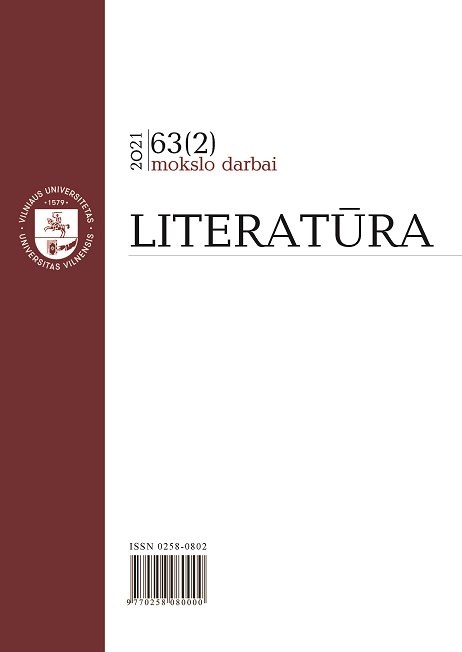Прямая и обратная проекции сюжета о Стеньке Разине и персидской княжне: Евгений Замятин и Анна Баркова
The Story of Stenka Razin and the Persian Princess in Direct and Inverse Projections: Yevgeny Zamyatin and Anna Barkova
Author(s): Veronika Zuseva-ÖzkanSubject(s): Gender Studies, Cultural history, Customs / Folklore, Social history, Recent History (1900 till today), Russian Literature, 19th Century
Published by: Vilniaus Universiteto Leidykla
Keywords: Stenka Razin; Persian princess; woman warrior; Alyona of Arzamas; Zamyatin; Barkova; gender;
Summary/Abstract: The article considers two cases of the creative reception of the legend about Stenka Razin and the Persian princess in Russian literature of the 1920s – in Yevgeny Zamyatin’s tragedy Atilla (1925–1928) and screenplay Stenka Razin (1932–1933), on the one hand, and in the play by A. Barkova Nastasya Kostyor (1923), on the other hand. The direct and inverse projections of Razin’s plot are represented: in Zamyatin’s case the roles of Razin and the princess are distributed in the traditional way, as they are typical for the long history of this plot in Russian culture – both in folklore and in literature, and in Barkova’s case these roles are reversed in the gender aspect. This peculiarity is considered as connected to Barkova’s interest toward “woman question”, the problem of female emancipation, women’s equality. The plot of Stenka Razin and the Persian princess is analyzed in the article together with another one – the plot featuring the woman warrior, since they are closely interrelated in Russian literature of the 1920s. The hypothesis is that this relationship is due to the active demolition of the old gender order during this period.
Journal: Literatūra
- Issue Year: 63/2021
- Issue No: 2
- Page Range: 88-105
- Page Count: 18
- Language: Russian

